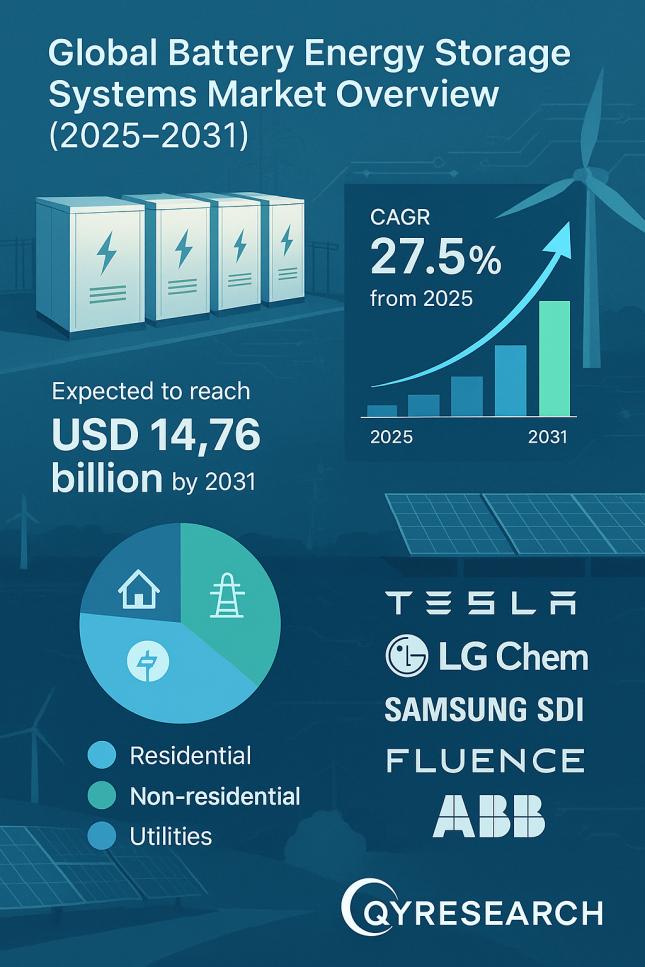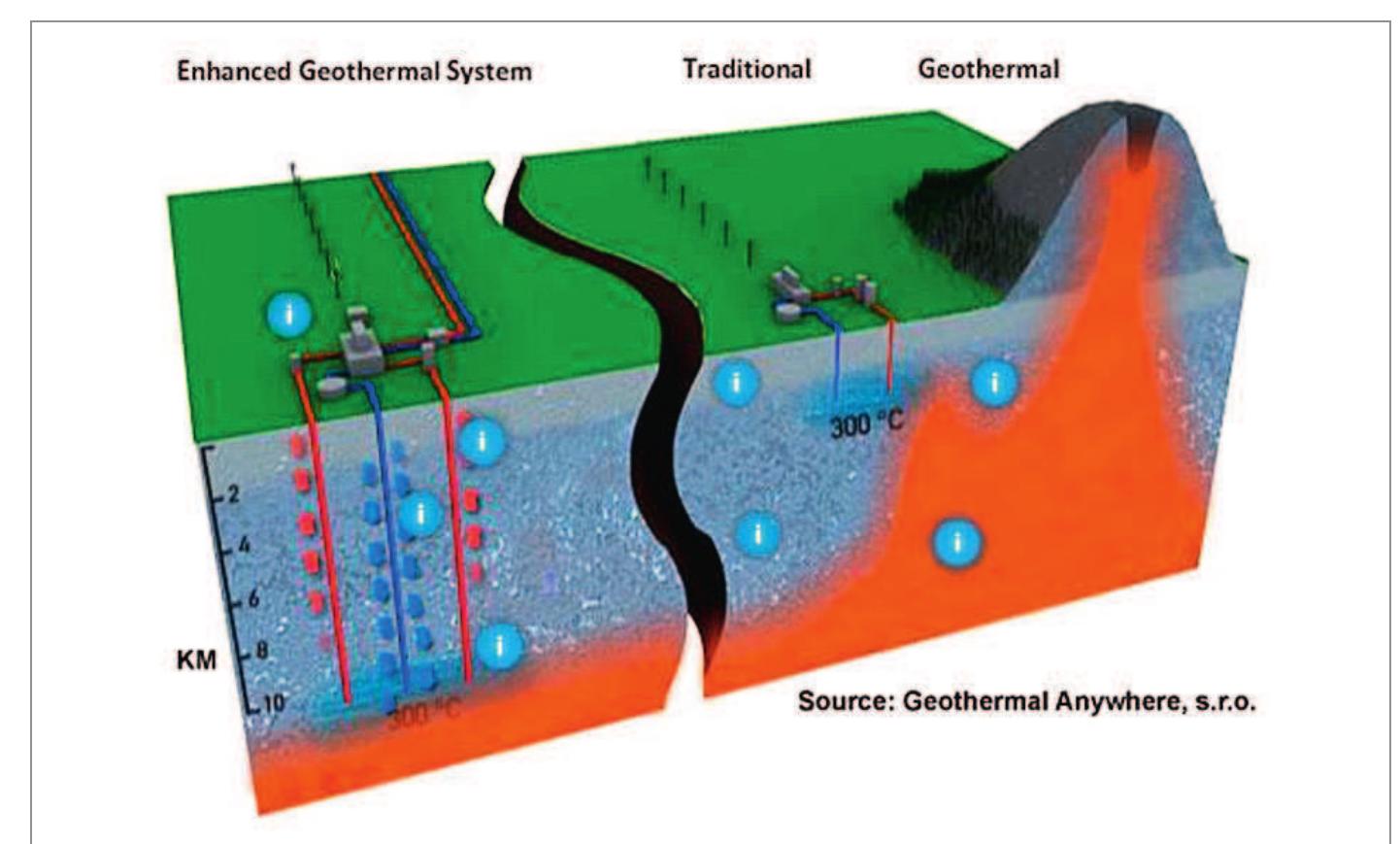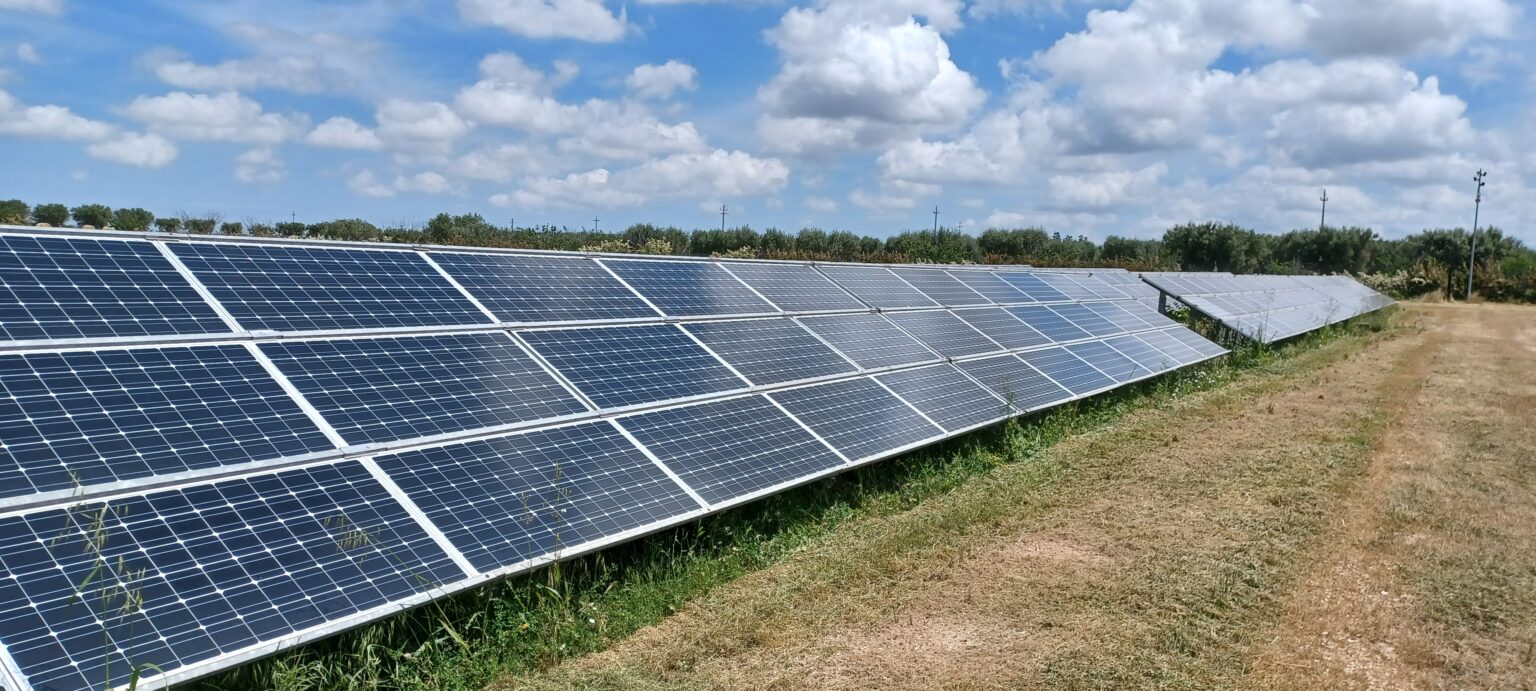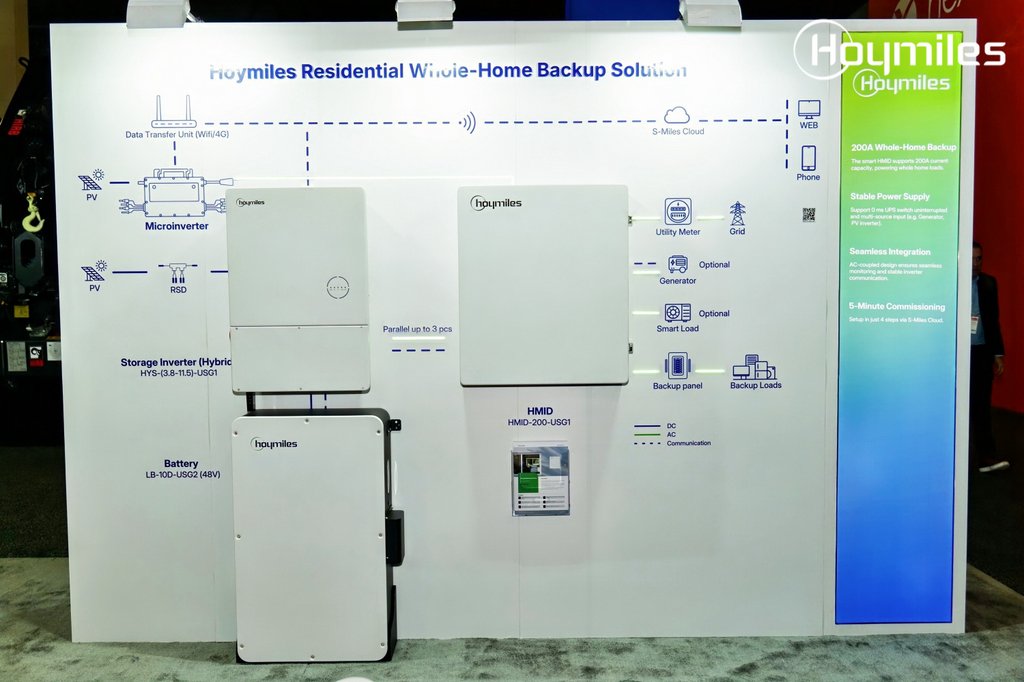Report on the UK’s “Clean Energy: 2GW Peak Time Flexibility” Challenge
Introduction and Core Objectives
The United Kingdom has launched the “Clean Energy: 2GW Peak Time Flexibility” challenge, a strategic initiative aimed at developing advanced technology to manage and shift peak electricity demand. The primary objective is to displace 2GW of peak-time energy consumption by 2030, equivalent to the usage of approximately 1.5 million homes. This initiative directly addresses the increased reliance on expensive and polluting gas-fired power stations during high-demand periods, such as evenings.
Alignment with Sustainable Development Goals (SDGs)
The challenge is fundamentally aligned with several United Nations Sustainable Development Goals (SDGs), demonstrating a commitment to a sustainable and equitable energy future.
- SDG 7 (Affordable and Clean Energy): By promoting technologies that reduce reliance on fossil fuels and optimize the use of clean energy, the initiative aims to ensure access to affordable, reliable, and modern energy for all. Shifting demand will lower system costs and, subsequently, consumer energy bills.
- SDG 9 (Industry, Innovation, and Infrastructure): The challenge serves as a catalyst for innovation, calling upon technology experts to build resilient and intelligent energy infrastructure. This fosters technological progress and upgrades the national grid to be smarter and more efficient.
- SDG 11 (Sustainable Cities and Communities): A more flexible and stable energy grid is a cornerstone of sustainable urban development. The initiative supports the creation of inclusive, safe, and resilient communities by enhancing energy security and reducing the environmental impact of urban energy consumption.
- SDG 13 (Climate Action): A central goal is to combat climate change by reducing greenhouse gas emissions. By displacing the need for gas-fired power plants during peak hours, the challenge contributes directly to the UK’s climate action targets and net-zero ambitions.
Programme Details and Funding
Financial Framework
The initiative is a component of the broader R&D Missions Accelerator Programme, which is supported by a £500 million ($672.6 million) fund. The key financial details are as follows:
- An initial £4 million ($5.4 million) has been allocated for the first year of the five-year challenge.
- This initial funding is designated to unite AI and energy sector experts from businesses, universities, and research organisations by April 2026.
- The funds will support the scaling of existing solutions, the development of use-cases, and the creation of simulation and modelling capabilities.
Leadership and Collaboration
The project’s execution involves a collaborative effort among several key entities:
- Lead Organisation: UK Research and Innovation (UKRI).
- Government Oversight: Department for Energy Security and Net Zero (DESNZ).
- Implementation Consortium: Funding will be awarded to a consortium of leading UK centres, including the Energy Systems and Digital Catapults, alongside other prominent research institutions.
Technological Focus and Anticipated Solutions
Areas of Innovation
The challenge encourages the development of solutions that leverage cutting-edge technology to manage and shift energy demand. The government has highlighted several potential applications:
- Predictive Analytics: Utilising Artificial Intelligence (AI) to forecast energy consumption days in advance by integrating data from smart meters, weather forecasts, and consumer behaviour patterns.
- Automated Demand Response: Developing systems that automatically heat or cool buildings during periods when clean energy is most abundant and cost-effective.
- Vehicle-to-Grid (V2G) Integration: Employing parked electric vehicles (EVs) as a distributed energy storage network, charging them during off-peak hours and discharging power back to the grid when demand is high.
Stakeholder Perspectives and Expected Outcomes
Key stakeholders have emphasized the transformative potential of this initiative.
- Lord Patrick John Thompson Vallance (Science Minister): Highlighted the role of R&D in reducing energy bills, enhancing energy security, and decreasing reliance on fossil fuels.
- Kerry McCarthy (Minister for Climate): Stated the goal is to create a more flexible electricity system, empowering households with greater control over their energy use and enabling savings through flexible tariffs.
- Shubhi Rajnish (NESO CIO): Noted that harnessing technologies like AI will make energy more affordable for consumers, reduce fossil fuel dependency, and improve energy security, aligning with the 2030 clean power goals.
- Sonia Brown (National Grid): Confirmed that the initiative builds on existing innovation to deliver a smarter, more secure, affordable, and clean energy system for the future.
Analysis of the Article in Relation to Sustainable Development Goals (SDGs)
1. Which SDGs are addressed or connected to the issues highlighted in the article?
-
SDG 7: Affordable and Clean Energy
The article’s central theme is the “Clean Energy: 2GW Peak Time Flexibility challenge,” which directly aims to improve the management of energy resources. It focuses on making the energy system more efficient, reducing reliance on polluting gas-fired power stations, and ultimately making energy more affordable for consumers by reducing the need for expensive peak-time generation and new infrastructure.
-
SDG 9: Industry, Innovation, and Infrastructure
The initiative is a call for “tech experts to develop cutting edge technology.” It is part of the “R&D Missions Accelerator Programme,” explicitly promoting research, innovation, and the development of new technological solutions (like AI and smart grids). The goal is to create a more resilient and sustainable energy infrastructure that can manage demand smartly, reducing the need to build new power plants.
-
SDG 11: Sustainable Cities and Communities
The article discusses managing energy spikes that occur “in the early evening when people return home,” a common pattern in urban and suburban areas. By promoting solutions like using parked EVs as giant batteries and automatically heating/cooling buildings when clean energy is available, the initiative contributes to creating more sustainable and resilient energy systems within communities. Reducing the use of polluting gas-fired power stations also helps improve urban air quality.
-
SDG 13: Climate Action
A key motivation for the challenge is to “reduce our reliance on fossil fuels” by avoiding the use of “gas-fired power stations” during peak demand. By shifting demand to times when clean energy is more available and promoting a “clean power by 2030” goal, the initiative is a direct measure to combat climate change and its impacts.
2. What specific targets under those SDGs can be identified based on the article’s content?
-
Target 7.2: Increase substantially the share of renewable energy in the global energy mix.
The article supports this target by aiming to shift energy demand away from peak times when “the grid often turns to gas-fired power stations.” This allows for greater integration and use of clean energy sources, which are often variable, by aligning demand with their availability.
-
Target 7.3: Double the global rate of improvement in energy efficiency.
The entire concept of “flexibility” and shifting 2GW of peak demand is a form of system-level energy efficiency. Instead of generating more power, the goal is to use the existing supply more intelligently, which aligns with improving energy efficiency.
-
Target 7.a: Enhance international cooperation to facilitate access to clean energy research and technology… and promote investment in energy infrastructure and clean energy technology.
The UK government is backing the program with “£500 million ($672.6 million)” and an “initial £4 million ($5.4 million)” to support researchers and innovators. This represents a direct investment in clean energy technology and research.
-
Target 9.4: Upgrade infrastructure and retrofit industries to make them sustainable, with increased resource-use efficiency and greater adoption of clean and environmentally sound technologies.
The challenge encourages the use of “cutting edge technology” such as AI, smart meters, and EV charging infrastructure to create a smarter, more efficient energy grid. This is a direct effort to upgrade national infrastructure with sustainable and clean technologies.
-
Target 9.5: Enhance scientific research, upgrade the technological capabilities of industrial sectors… encouraging innovation.
The article describes a “challenge for tech experts” and an “R&D Missions Accelerator Programme” led by UK Research and Innovation (UKRI). This is a clear example of a government-led effort to enhance scientific research and spur innovation in the technology and energy sectors.
-
Target 13.2: Integrate climate change measures into national policies, strategies and planning.
The “Clean Energy: 2GW Peak Time Flexibility challenge” is a national strategy led by the UK government’s Department for Energy Security and Net Zero (DESNZ). It integrates climate objectives (reducing fossil fuel reliance) into national energy and technology policy.
3. Are there any indicators mentioned or implied in the article that can be used to measure progress towards the identified targets?
-
Shift in peak electricity demand:
The primary, quantifiable indicator is the goal to “help shift peak electricity demand… by 2GW” by 2030. This directly measures progress towards energy efficiency and flexibility (Target 7.3).
-
Financial Investment in R&D:
The article mentions specific funding amounts that serve as indicators of investment in clean energy research and innovation (Target 7.a and 9.5). These include the “initial £4 million ($5.4 million)” and the backing of a “£500 million ($672.6 million)” program.
-
Reduction in fossil fuel use:
An implied indicator is the reduced reliance on “gas-fired power stations.” Progress could be measured by tracking the decrease in the operational hours or energy output from these plants during peak times (Target 7.2 and 13.2).
-
Consumer participation in flexibility schemes:
The article mentions that “nearly 2 million households already registered to our world-first Demand Flexibility Service.” The number of participating households and businesses is a key indicator of the adoption of these new energy management solutions.
-
Development of new technologies:
The success of the challenge can be measured by the number and effectiveness of the “cutting edge technology” solutions developed, such as new AI forecasting models or EV-to-grid systems (Target 9.4 and 9.5).
4. Table of SDGs, Targets, and Indicators
| SDGs | Targets | Indicators Identified in the Article |
|---|---|---|
| SDG 7: Affordable and Clean Energy | 7.2: Increase the share of renewable energy. 7.3: Improve energy efficiency. 7.a: Promote investment in clean energy technology. |
– Goal to shift demand by 2GW to reduce reliance on gas-fired power stations. – Investment of £4 million and £500 million in R&D for clean energy tech. |
| SDG 9: Industry, Innovation, and Infrastructure | 9.4: Upgrade infrastructure with clean technologies. 9.5: Enhance scientific research and innovation. |
– Development of “cutting edge technology” like AI and EV-to-grid systems. – Launch of the “R&D Missions Accelerator Programme” to spur innovation. |
| SDG 11: Sustainable Cities and Communities | 11.6: Reduce the adverse per capita environmental impact of cities. | – Reduced use of polluting “gas-fired power stations,” improving urban air quality. – Smart management of urban energy demand (e.g., in homes and with EVs). |
| SDG 13: Climate Action | 13.2: Integrate climate change measures into national policies. | – The “Clean Energy… challenge” as a national policy to reduce fossil fuel reliance. – Goal of achieving “clean power by 2030.” |
Source: smart-energy.com







